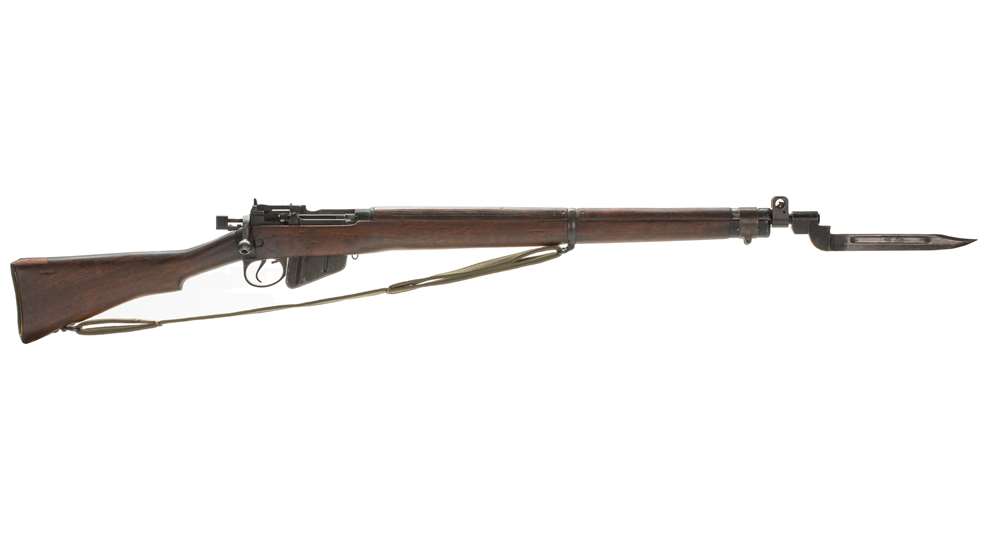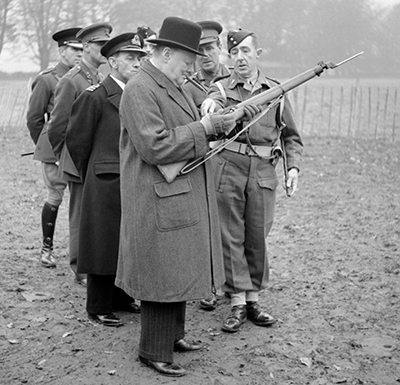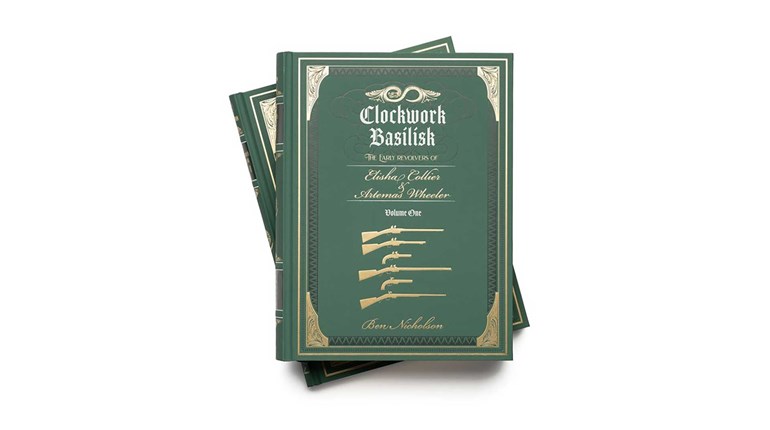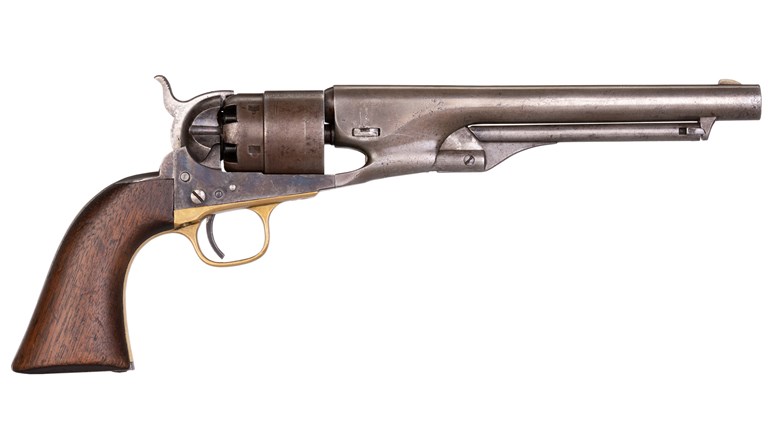
History records that World War II began on Sept. 1, 1939, with the German invasion of Poland and the subsequent declarations of war on Germany from Britain and France. However, it was not until April the following year that Hitler turned his attention west and invaded Denmark and Norway. On May 10, the day Winston Churchill became Prime Minister, Hitler invaded France.
The eight-month gap between the invasion of Poland and the fall of the Low Countries is a period of time called the “Phoney War.” It allowed time for the British to land about 400,000 men, nearly its entire army, in France and Belgium to defend Western Europe from the coming Nazi onslaught.

The men of the British Expeditionary Force, the BEF, were primarily armed with the same rifle their fathers had used in World War I, the SMLE No. 1 Mk III in .303-British caliber. It had been, with a few minor changes, the mainstay of the British army since 1907.
On June 4, the last of 338,000 British soldiers had been evacuated from Dunkirk and Prime Minister Winston Churchill gave perhaps one of the greatest speeches of the 20th century. He said:
“ [W]e shall fight in France, we shall fight on the seas and oceans, we shall fight with growing confidence and growing strength in the air, we shall defend our Island, whatever the cost may be, we shall fight on the beaches, we shall fight on the landing grounds, we shall fight in the fields and in the streets, we shall fight in the hills; we shall never surrender, and even if, which I do not for a moment believe, this Island or a large part of it were subjugated and starving, then our Empire beyond the seas, armed and guarded by the British Fleet, would carry on the struggle, until, in God’s good time, the New World, with all its power and might, steps forth to the rescue and the liberation of the old.”
Sure, this column is about firearms and not a history lesson, but that last sentence of Churchill’s is important and ties into the rest of this story later. So, bear with me here.
In 1931, the British Board of Ordnance began trials with a new rifle, the No. 4 Mk I, and for the next 10 years began the groundwork for the adoption and manufacture of this lighter and more efficient-to-produce rifle for the British Armed Forces. New Royal Ordnance Factory’s (ROFs) were established at Maltby, near Sheffield in South Yorkshire and Fazakerley near Liverpool. Birmingham Small Arms established BSA Shirley near Birmingham, and Long Branch outside of Toronto, Canada, was set up to manufacture the new service rifle. By the time the war came, only 1,200 No. 4 Mk Is had been made, and few of these were complete guns—most were tooling examples perfecting the interchangeability of parts. Due to the loss of nearly 200,000 rifles at Dunkirk and the 1.5 million volunteers of the newly formed Home Guard, the service-rifle shortage in Britain was acute.
It would be late 1941 before the three factories in England would begin producing No. 4s in any usable numbers, and it was mid-1942 before they started to appear on the front lines with UK troops.

The main improvements over the No. 1 Mk III the No. 4 offered was ease of manufacture due to advancements in manufacturing interchangeable parts. It had a 25-inch barrel and was manufactured with five-groove rifling as well as two-groove rifling later in the war. The No 4 also had a muzzle that was extended forward of the fore-end and allowed the adoption of the small spike bayonet that dramatically reduced the muzzle weight of the gun compared with the 1907 hilted-blade bayonet of the No. 1.
The No. 4s also provided the Board of Ordnance with a platform to upgrade the rifle with a No. 32 sniper scope and as the No. 4 Mk I (T), it was one of the best sniper rifles fielded during the war. Most of the conversions from No. 4 Mk 1 to Mk 1 (T) were carried out by the venerable gunmaking firm of Holland & Holland.
As Churchill had prophesied in his speech, the call to arms from the Old World to the New had not fallen on deaf ears. On Dec. 29 that same year, Franklin Roosevelt delivered his most famous Fireside Chat, which included the famous line, “We must be the great arsenal of democracy.”
To this end, in March of 1941, FDR signed the Lend-Lease Act into law and green-lit the production of No. 4s at the Savage/Stevens plant in Chicopee, MA. These rifles were marked “U.S. PROPERTY” to comply with the Lend-Lease Act, but none were ever used by U.S. military forces.
U.S.-made Savage/Stevens No. 4s numbered 1.2 million, with Long Branch contributing another 910,000, Fazakerley 619,000, Maltby 737,000 and Shirley with 665,000 for a grand total of 4.1 million produced.
They are still in use in various far-flung outposts of the former British Empire, and if you wanted to add a mint, unused example to your collection, Navy Arms of West Virginia has recently imported a significant number of them recently and are making them available for sale as this article goes to press.





































